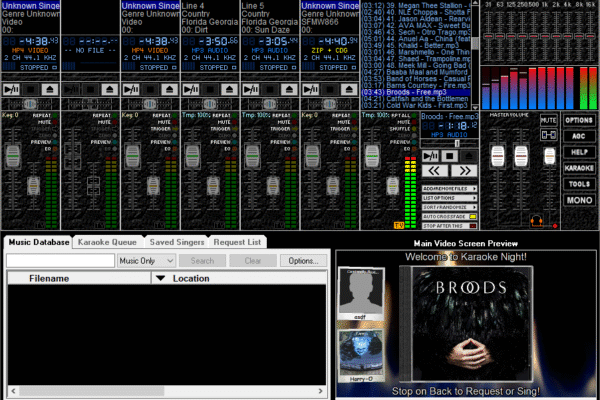Top 5 Red Flags to Watch for in a Building Report
When reviewing a building report, it’s crucial to identify any red flags that could indicate serious issues with the property. Recognizing these warning signs can help you make informed decisions and potentially save you from costly repairs down the line. Here are the top five red flags to watch for in a building report.
1. Structural Issues
Foundation Problems
One of the most significant concerns in any building report is the condition of the foundation. Look for mentions of cracks, settling, or signs of instability. Foundation issues can lead to severe structural problems if not addressed. If the report highlights any foundation concerns, it’s advisable to consult a structural engineer for a more detailed evaluation.
Wall Cracks and Deterioration
In addition to foundation issues, pay attention to cracks in walls, particularly those that are large or diagonal. These can signal underlying structural problems. Deterioration of load-bearing walls or signs of bowing can also raise alarms. If these issues are present, a thorough inspection by a professional may be necessary.
2. Water Damage and Moisture Issues
Signs of Leaks
Water damage is another critical red flag in a building report. Look for indications of leaks in plumbing systems, roofs, or basements. Signs such as stained ceilings, mold growth, or damp spots can all point to unresolved moisture issues. These problems can lead to extensive damage and expensive repairs if left unchecked.
Mold Presence
The presence of mold is a serious concern that can affect both the property and your health. If the building report mentions mold, it’s essential to understand the extent of the infestation and the conditions that allowed it to grow. Mold remediation can be costly, so addressing this issue promptly is vital.
3. Electrical System Deficiencies
Outdated Wiring
An inspection report that highlights outdated or faulty wiring is a major red flag. Look for mentions of aluminum wiring, inadequate grounding, or overloaded circuits. These issues can pose fire hazards and may require significant upgrades to meet safety standards.
Lack of GFCI Outlets
The absence of Ground Fault Circuit Interrupter (GFCI) outlets in areas where water is present, such as kitchens and bathrooms, is another concern. GFCI outlets are essential for preventing electrical shocks. If the report indicates that these are missing, it’s crucial to address this safety issue.
4. Plumbing Problems
Leaks and Corrosion
Inspect the report for any signs of leaks in the plumbing system. Look for mentions of corroded pipes, which can lead to water damage and contamination. If the inspector notes significant plumbing issues, it may indicate the need for extensive repairs or replacements.
Water Pressure Issues
Low water pressure can be a sign of plumbing problems, such as blockages or leaks. If the report indicates issues with water pressure, it’s worth investigating further. This could lead to costly repairs if not resolved early.
5. HVAC System Concerns
Inefficient Systems
An HVAC system that is inefficient or nearing the end of its lifespan is a significant red flag. If the report notes that the heating or cooling systems are outdated or require repairs, you may face high energy bills or uncomfortable living conditions.
Inadequate Ventilation
Inadequate ventilation can lead to moisture buildup and poor air quality. If the inspection reveals issues with ventilation in attics or crawl spaces, it’s essential to rectify this to prevent mold growth and maintain a healthy living environment.
Conclusion: Be Proactive
In conclusion, being aware of these top five red flags in a building report is essential for any prospective homebuyer. By recognizing structural issues, water damage, electrical deficiencies, plumbing problems, and HVAC concerns, you can make informed decisions about your potential investment. If any of these red flags appear in the report, consider consulting with professionals for further evaluation and repairs. Taking a proactive approach can save you from significant financial burdens and ensure that your new home is safe and sound. Always prioritize thorough inspections and informed negotiations to protect your investment.


